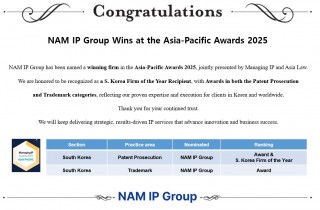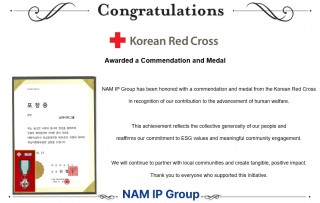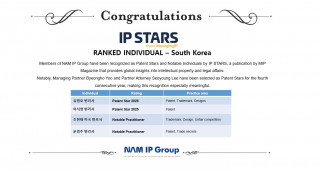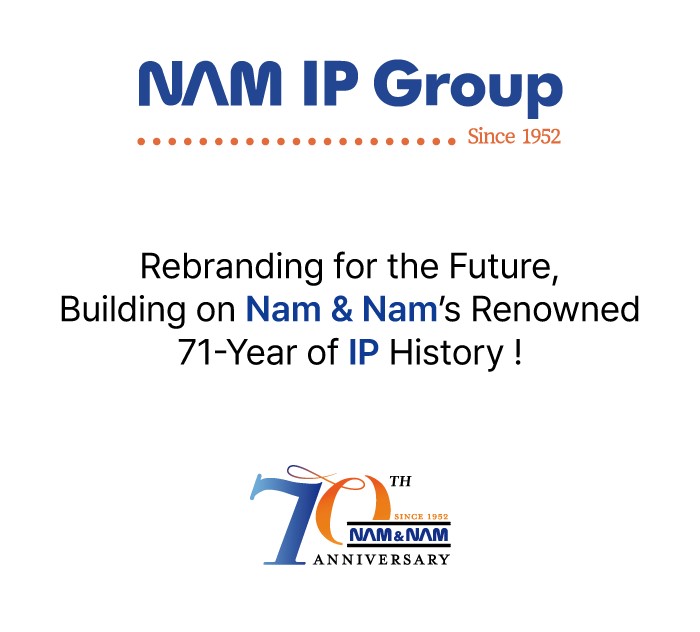Amendments to Korean Design Law: Strengthened Protection for Genuine Rights Holders & Tighter Controls on Partial Examination Filings
Effective 28 November 2025, amendments to the Design Protection Act came into force in Korea. These changes aim to curb the misuse of the partial examination system and provide stronger remedies for genuine design owners.
▒ BACKGROUND: “Partial Examination” System
Korea operates two examination tracks for design filings: “full examination” and “partial examination”.
Full examination is comparable to standard examination in other jurisdictions and includes full examination of both novelty and conflicts with senior applications/registrations. For designs subject to full examination, examiners review a wide range of substantive requirements, but examination takes around seven months on average (based on 2024 data).
On the other hand, partial examination offers greatly expedited registration for industries with rapid design cycles, e.g., apparel, fashion accessories, stationery, textiles, packaging, and similar goods. Specifically, designs falling under Locarno classes 01, 02, 03, 05, 09, 11 and 19 are subject to partial examination. Under this system, novelty and conflicts with senior design rights are not examined in detail and only certain basic requirements such as application formalities, industrial applicability and limited novelty requirements (the application could not be an easily created combination of widely known shapes, patterns or colors) were reviewed. Due to the simpler process, official fees are lower and registration can be achieved within weeks.
Another feature unique to partial examination designs is the existence of an opposition period following publication (laying open) of the design in the Design Gazette. Due to the limited novelty search carried out during examination, this provides an opportunity for any other parties to oppose the registration. The opposition period is three months from the date of publication.
The motivation for offering partial examination is to allow businesses that operate on extremely short design cycles to secure design rights before trends change or copied versions appear in the market.
However, the system has been vulnerable to abuse, with cases of applicants registering already-published designs, re-registering expired or cancelled designs, and using such illegitimate registrations as the basis for sending infringement notices, demanding takedowns, or pressuring legitimate competitors. As examiners lacked statutory authority to reject partial-examination filings even when novelty defects were apparent, improper registrations routinely slipped through.
The amendments directly address these systemic vulnerabilities.
▒ WHAT IS CHANGING?
1. Stronger Examination for Partial-Examination Designs
Examiners may now reject partial-examination applications where a clear lack of novelty or conflict with a senior application/registration is detected. This is expected to dramatically reduce “bad-faith” or opportunistic registrations, offer better protection for genuine creators whose designs are already public, and also contribute to a more predictable and trustworthy design-right landscape for fast-cycle industries.
2. Extended Opposition Period if Genuine Rights Owner Receives Infringement Notice
The standard opposition window remains three months from publication. However, in practice, businesses may only discover an illegitimate registration after receiving a cease-and-desist letter or a marketplace takedown request. The amendment provides that if a party receives an infringement notice, they may file an opposition within three months of receiving the notice, provided no more than one year has passed since the publication date of the design.
This should allow genuine rights holders to challenge improper registrations without being penalized for missing the initial publication window, and allow for faster removal of rights used for unfair enforcement or e-commerce disruption.
3. New Design Ownership Transfer Claim
This newly adopted mechanism mirrors the patent ownership transfer system introduced in 2017. Before the amendment, if another party registered your design, unless they were willing to assign the rights voluntarily, it was necessary to invalidate the registration and re-file the application. This has obvious negative implications such as loss of priority date, lack of enforceability, as well as time and financial constraints.
Following the amendment, the rightful rights owner may now petition the court for a direct transfer of the registered design right to themselves, without needing to file a new application. This maintains the original registration date and affords the rightful owner an immediately enforceable right as soon as the transfer judgment is issued.
Additional provisions include protection for good-faith non-rightful owners via statutory non-exclusive licenses, issuance of a new registration certificate to the rightful owner, and restrictions on invalidation challenges against the transferred right from the illegitimate registrant.
▒ FINAL COMMENTS
With partial examination filings representing around 40% of all Korean design filings in 2024, closing loopholes in the system should be highly impactful across multiple industries. Further, the new design ownership transfer claim allows genuine creators to reclaim misappropriated registrations without invalidation or re-filing, preserving the original filing date and ensuring uninterrupted, fully enforceable rights. These amendments represent a meaningful improvement of Korea’s design-rights system and contribute to a more balanced and reliable environment for design protection and enforcement.





